Early Bird Deadline
30 November 2025
Judging
Date
23 & 24 March 2026
Winners Announcement
22 April 2026
30 November 2025
23 & 24 March 2026
22 April 2026
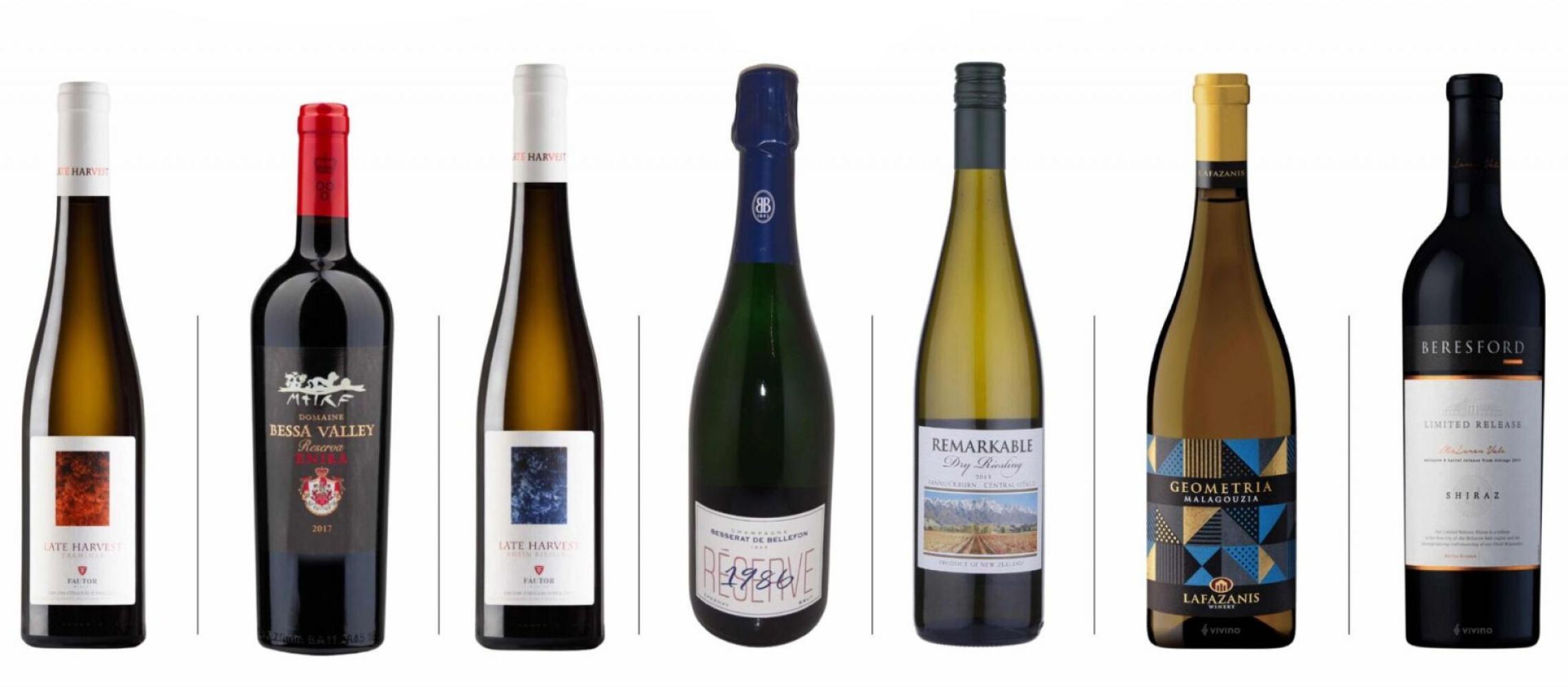
Budding sommeliers must master the art and science of wine, which extends beyond knowing, flavors and aromas, vintages, and appellations. Understanding the vessel that holds the liquid treasure is equally important, and in most cases that means a glass bottle. This comprehensive guide explores and explains the anatomy of wine bottles, a vital aspect of wine appreciation and service.
Wine bottles come in various shapes and sizes, and each one tells a unique story about the wine inside. The most common shapes include Bordeaux, Burgundy, and Alsace bottles. Bordeaux bottles are tall with straight sides and are typically used for Cabernet Sauvignon and Merlot. Burgundy bottles, on the other hand, have gently sloping shoulders and are ideal for Pinot Noir and Chardonnay. Alsace bottles are tall and slender, perfect for Rieslings and Gewürztraminers.
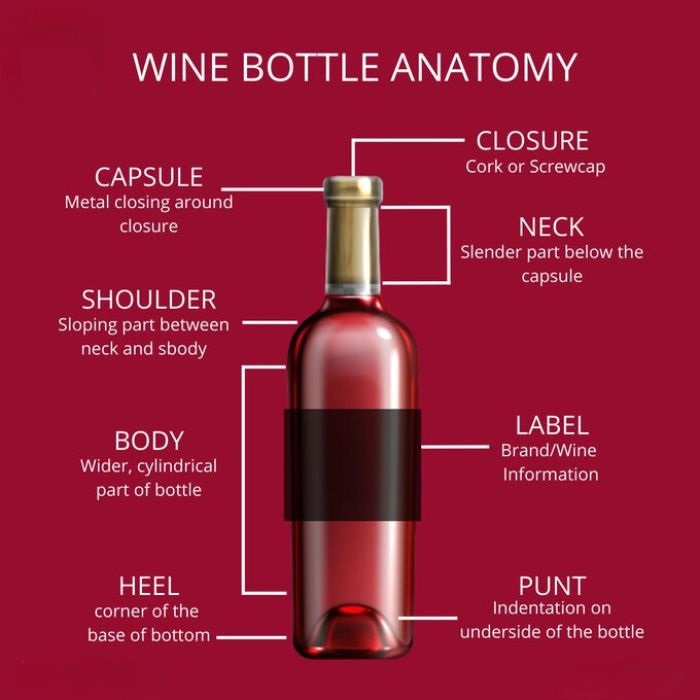
The neck of the bottle is not just an aesthetic element; it serves a practical purpose. It provides a grip for pouring and also accommodates various closure types, such as corks, screw caps, and glass stoppers. The length and shape of the neck can vary, affecting the wine's presentation and ease of pouring.
The shoulder of a wine bottle can reveal essential information about the wine inside. Bottles with a pronounced shoulder, like Burgundy bottles, often indicate that the wine is delicate and elegant, while those with a more gradual slope, like Bordeaux bottles, suggest a fuller-bodied wine.
Although not part of the bottle's physical anatomy, the label plays a crucial role in wine presentation. It contains valuable information such as the wine's producer, vintage, region, and grape variety. Understanding how to interpret a wine label is an essential skill for any sommelier.
The base of the bottle, also known as the punt, varies in size and depth. While it once had a practical purpose of strengthening the bottle, today, it's often more decorative than functional. A deeper punt can enhance the wine's aesthetics but may also suggest a higher price point.
Wine bottles come in various shades of glass, from clear to dark green and even brown. The choice of glass color is not arbitrary; it serves a specific purpose. Dark-colored glass provides better protection against light exposure, which can be detrimental to wine. Clear bottles are more commonly used for white wines, while darker hues are preferred for reds.
Corks are the most traditional and widely recognized wine closures. They create an airtight seal, allowing the wine to age gracefully. However, it's essential to inspect corks for any signs of damage or deterioration before opening a bottle. A crumbling or moldy cork can indicate potential issues with the wine inside. Over the past twenty to thirty years, numerous kinds of artificial or composite corks have been introduced, some of which allow minute levels of air contact. A wide range of qualities exists.
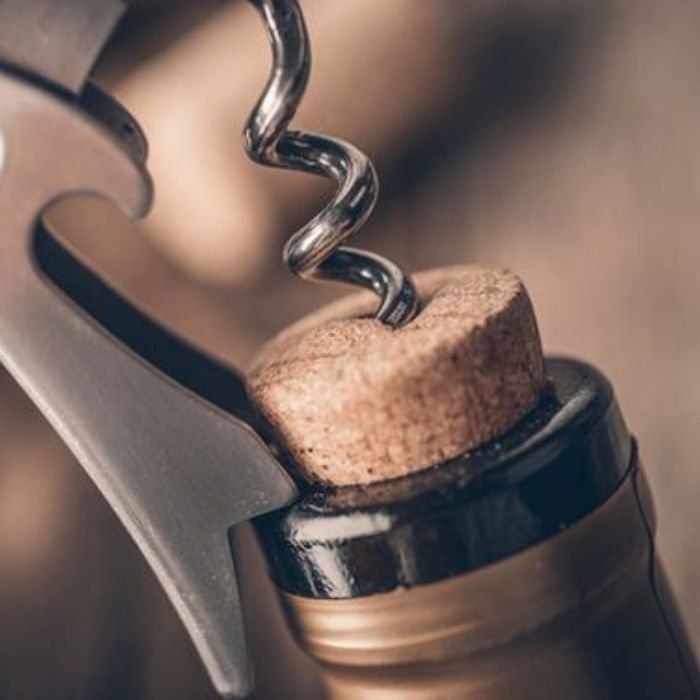
Image Source: Pinterest.com
In recent years, screw caps have gained popularity as an alternative closure. They provide a secure seal and are particularly effective for wines meant to be consumed young and fresh. Screw caps also eliminate the risk of cork taint, ensuring that the wine remains free of off-putting odors and flavors.
Glass stoppers offer a visually appealing alternative to traditional corks. They create an airtight seal while allowing the beauty of the bottle's design to shine through. These stoppers are often found in premium and limited-edition wines, adding a touch of elegance to the overall presentation.
Wax seals are another decorative element that can enhance a bottle's appeal. They are often used for premium and collectible wines, signifying attention to detail and craftsmanship. However, opening a wax-sealed bottle requires a bit of extra effort, so sommeliers should be prepared for this unique experience.
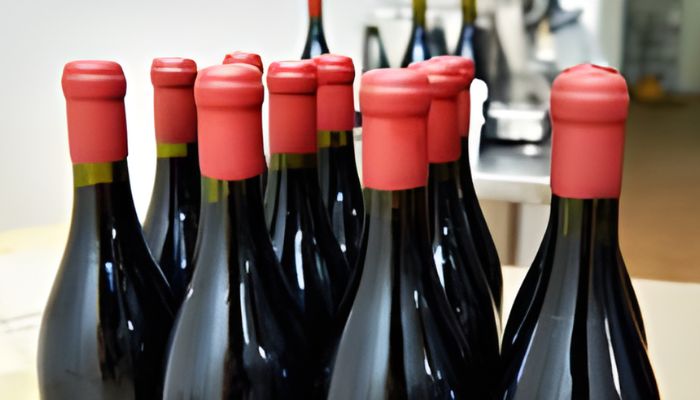
Image Source: Pinterest.com
Some wine bottles feature intricate etchings or designs on the glass itself. These bottles are often considered collectors' items and are prized for their artistic value. While these designs do not impact the wine's taste, they contribute to the overall aesthetics and experience.
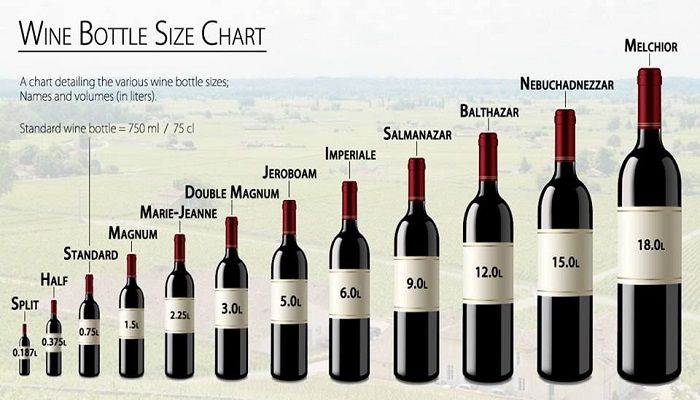
Image Source: Pinterest.com
Wine bottles come in various sizes, catering to different occasions and preferences. Half-bottles (375ml) are perfect for solo tastings or when you want to sample multiple wines in one sitting. Magnums (1.5L) are ideal for celebrations and aging wines, as they allow for slower maturation due to the larger volume. Of course, there are double magnums and even much larger sizes. Displaying varying sizes of wine bottles can catch your customer’s attention and curiosity, resulting in better sales.
[[relatedPurchasesItems-38]]
Overall, understanding the anatomy of wine bottles is an essential skill for aspiring sommeliers. Each element of the bottle, from its shape and size to its closure type, offers valuable clues about the wine it contains. By mastering these aspects, sommeliers can enhance the presentation, service, and overall wine appreciation experience for their guests, ensuring that every bottle tells a compelling story from the first glance to the final sip.
Show your wines where it matters. Get your products tasted by top sommeliers, buyers and experts at the London Competitions — enter now.